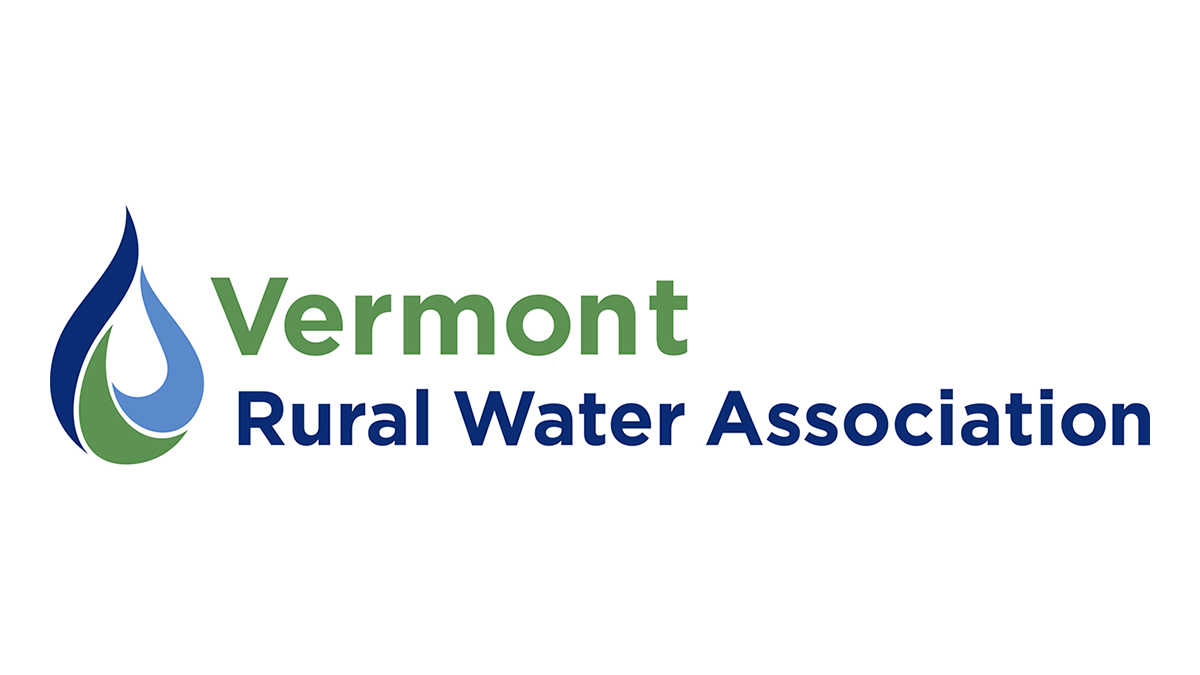by Matt Guerino
This article was published in the winter 2022-2023 issue of our newsletter.
All public water systems (except TNCs) are required to have an approved Operations and Maintenance (O&M) Manual that describes how the system should be operated.
Ideally, this manual is not just fulfilling the requirements of the Water Supply Rule, but is a useful guide to running the system.
O&M Manuals are considered living documents, so they should be updated whenever something at your system changes. A new piece of equipment, a new procedure, or a new sampling requirement are all important changes to add to your O&M Manual.
Operators have limited time, which always seems to be spent dealing with emergencies. Little time is left over for mundane tasks like paperwork or updating the O&M Manual. I hope to share some ways operators have maintained their manuals while operating their water system.
One operator used sticky notes to identify places where they wanted to make changes to their O&M Manual. They also dated the sticky notes so they would be able to hold themselves accountable to doing this in a specific timeframe. They designated one day each week when they would work on at least one sticky note. This approach makes the work feel less daunting and more achievable.
I have recently talked to operators who were concerned because their O&M Manual only has a date when it was initially written and approved, which could be decades ago. There was no additional information about updates that have happened since. It is helpful to have a section in the beginning that lists updates. Make a simple spreadsheet with information such as who is modifying the document, the date of modification, and which section(s) were updated.
Many O&M Manuals have sections that are repetitive, such as the General System Description, System Schematics, and Distribution sections. I suggest that you put detailed information in the most relevant section, and in the others use references to that section. For example, in System Descriptions you might say: “Our distribution system has many types of distribution lines and a range of sizes; see Distribution on page XX for more details.” This way, when you update this information, you only need to do so in one place.
I have found that asking a new operator to read through the O&M Manual can be helpful. They may notice where there are missing steps, information, or documents. I like to give the example of a child learning how to tie their shoes. An adult might assume the first step is to grab both the laces, but actually the first step should be to put the shoes on your feet or maybe even to find your shoes. Similarly, a person with less working knowledge of your water system may be better able to notice that something is missing because they don’t have as much historical knowledge as a seasoned operator.
I would finally suggest that you review Appendix D of the Vermont Water Supply Rule. This section sets parameters of what is needed within your O&M Manual.
Taking on the challenge of updating a document that may be years out of date can be scary. Tackling something as big as an O&M Manual will take time and considerable care. Remember the adage “Rome wasn’t built in a day.” Set a goal and hold yourself accountable and you will be on your way to a completely updated O&M Manual.

